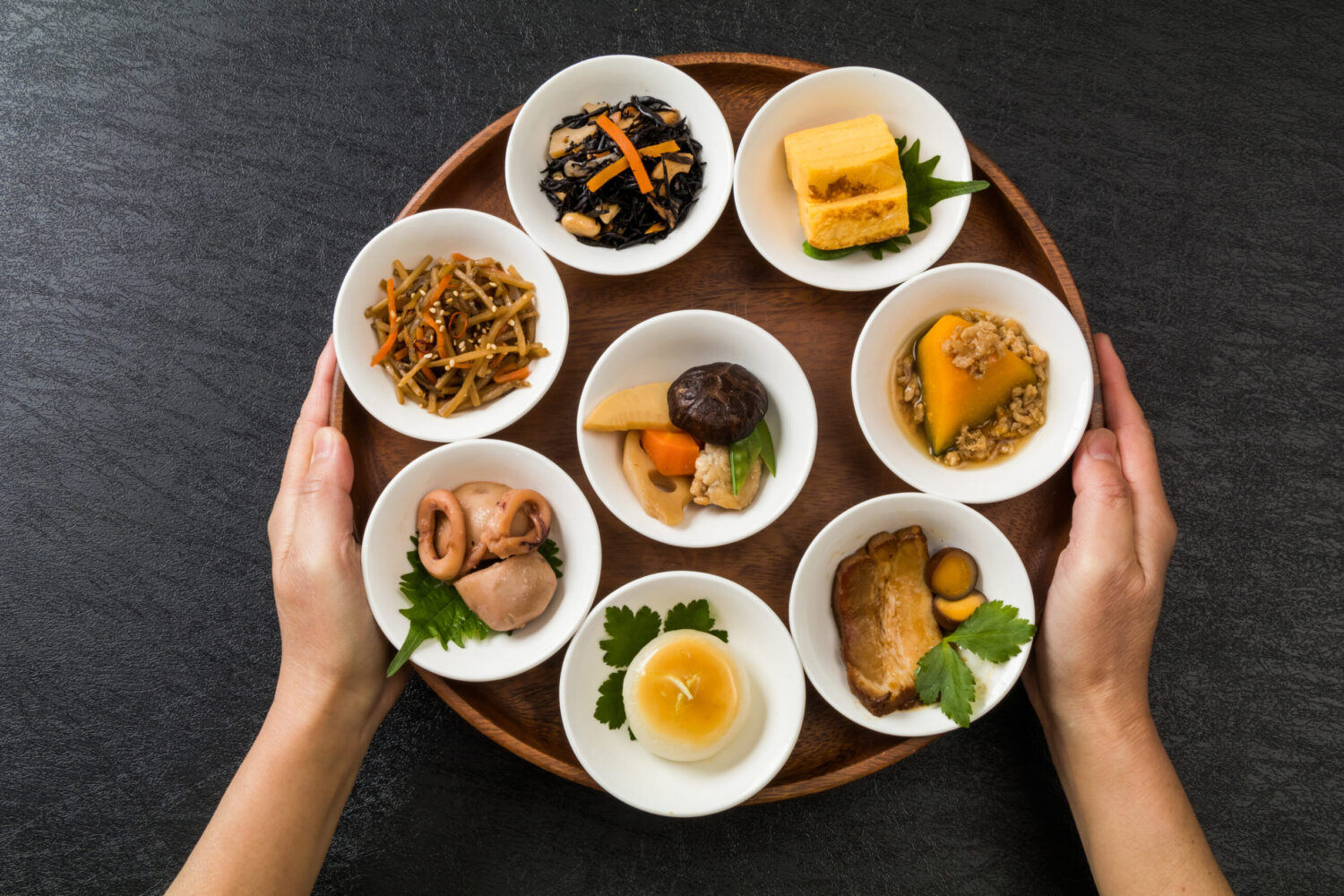
In Japan, a country celebrated for its culinary heritage, there exists a wealth of foods that can aid in effective blood sugar level management. Traditional Japanese cuisine is not only flavorful but also focuses on whole foods, making it an excellent option for those seeking natural ways to control blood sugar levels. From nutrient-rich vegetables like seaweed and daikon radish to protein-packed options such as tofu and fish, Japanese dishes provide a variety of satisfying and health-promoting choices. This article will reveal the secrets of Japanese foods and examine how they can be integrated into your diet to help maintain stable blood sugar. Whether you are managing diabetes or proactively supporting your blood sugar, these culinary traditions offer valuable insights for a balanced diet. Join us as we explore Japanese cuisine and uncover its potential to boost overall health and well-being.
Understanding Blood Sugar Levels and Its Impact on Health

Blood sugar levels, or blood glucose levels, refer to the concentration of glucose in the bloodstream at any given moment. This is essential for energy production, as glucose serves as a primary fuel source for cells. However, when blood sugar is too high or too low, it can lead to serious health issues. Hyperglycemia, or elevated blood sugar, may cause symptoms such as increased thirst, frequent urination, fatigue, and blurred vision. Over time, if unmanaged, high blood sugar can contribute to complications like cardiovascular disease, nerve damage, and kidney problems.
Conversely, hypoglycemia, or low blood sugar, can bring on symptoms like shakiness, confusion, irritability, and, in extreme cases, loss of consciousness. Keeping blood sugar levels balanced is key to overall health, especially for those with diabetes. The body’s ability to regulate blood sugar is greatly influenced by dietary choices, physical activity, and lifestyle habits. Thus, understanding how different foods affect blood glucose can empower individuals to make wise dietary decisions.
Japanese cuisine offers a unique approach to eating that aligns well with blood sugar management principles. Emphasizing whole, minimally processed ingredients, traditional Japanese meals are typically nutrient-dense and lower in refined carbohydrates and sugars. This dietary style not only supports stable blood sugar but also promotes general wellness, helping reduce the risk of chronic diseases tied to poor glucose regulation.
Benefits of Incorporating Japanese Foods into Your Diet for Managing Blood Sugar Levels
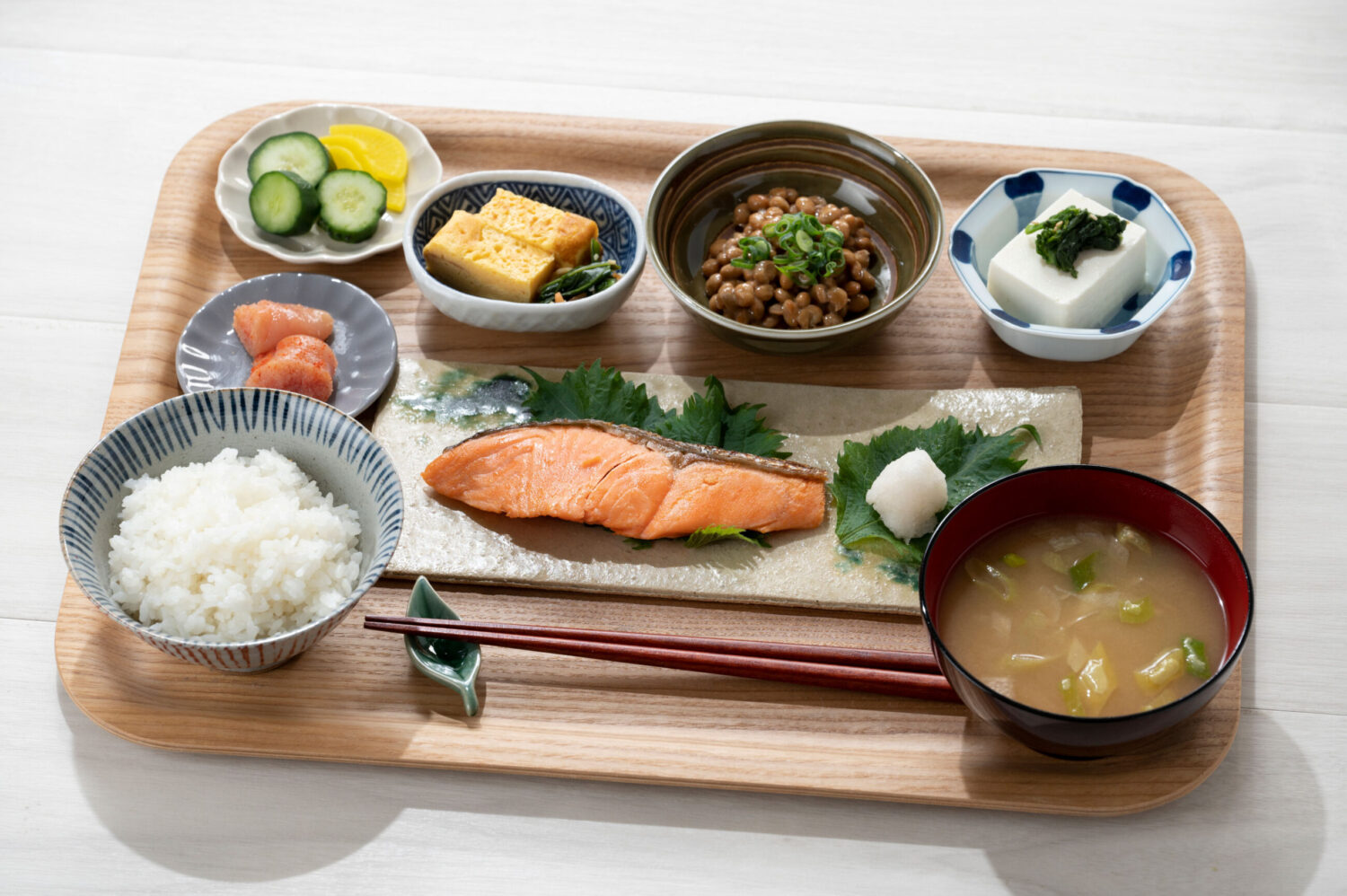
One of the key benefits of incorporating Japanese foods into your diet is the focus on fresh, seasonal ingredients. Japanese cuisine honors the natural flavors of food, often utilizing simple preparation techniques that preserve the nutritional value of each ingredient. This approach ensures that meals are not only flavorful but also rich in vitamins, minerals, and antioxidants that support blood sugar regulation. Additionally, traditional Japanese meals commonly include a range of foods, providing a balanced intake of macronutrients—proteins, fats, and carbohydrates.
Another major advantage is the emphasis on foods with a low glycemic index (GI). Low-GI foods are digested more gradually, resulting in slower rises in blood sugar rather than sharp spikes. Many staples in Japanese cuisine, such as whole grains, legumes, and vegetables, fit this profile. By prioritizing these types of foods, individuals can better manage blood sugar levels while enjoying a variety of vibrant, flavorful dishes.
Furthermore, eating Japanese foods can help enhance satiety and lower overall calorie intake. Many traditional dishes are fiber-rich, especially those with vegetables and fermented items like miso. Fiber is known to slow digestion, helping you feel full longer and reducing the urge to overeat. This can be especially beneficial for those looking to maintain a healthy weight, which plays an important role in blood sugar control.
Key Ingredients in Japanese Cuisine That Help Regulate Blood Sugar Levels
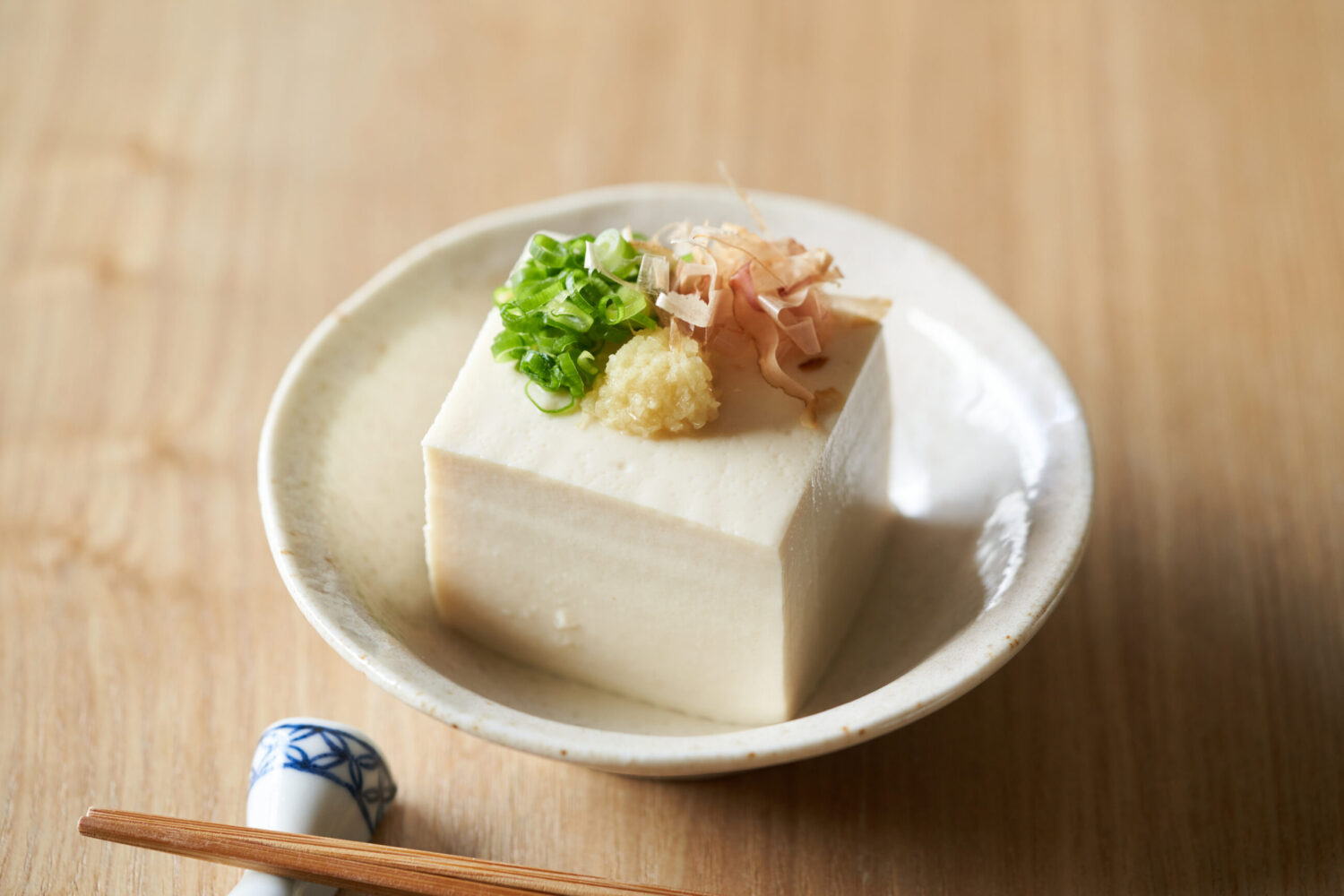
Several core ingredients in Japanese cuisine are especially beneficial for managing blood sugar. One notable example is tofu, made from soybeans. Tofu provides a high-quality source of plant-based protein, is low in carbohydrates, and contains healthy fats. Its low glycemic index (GI) rating makes it an ideal protein choice for those focused on blood sugar control. Tofu is also incredibly versatile, fitting well into a variety of dishes, from stir-fries to soups.
Seaweed is another significant ingredient found in many Japanese meals. Varieties like nori, wakame, and kombu are low in calories and packed with fiber, making them excellent for blood sugar regulation. Seaweed also offers essential nutrients, such as iodine and omega-3 fatty acids, which benefit overall health. The fiber content helps with digestion and slows glucose absorption, aiding in steady blood sugar levels.
Brown rice is also a staple of Japanese cuisine that supports healthy blood sugar management. Unlike white rice, brown rice is a whole grain that retains its bran and germ, providing higher fiber and nutrient content. The fiber in brown rice slows digestion, preventing rapid increases in blood sugar. Additionally, brown rice is rich in magnesium, a mineral that contributes to insulin sensitivity, further supporting glucose regulation.
Traditional Japanese Dishes That Are Suitable for Diabetics or Those with High Blood Sugar Levels
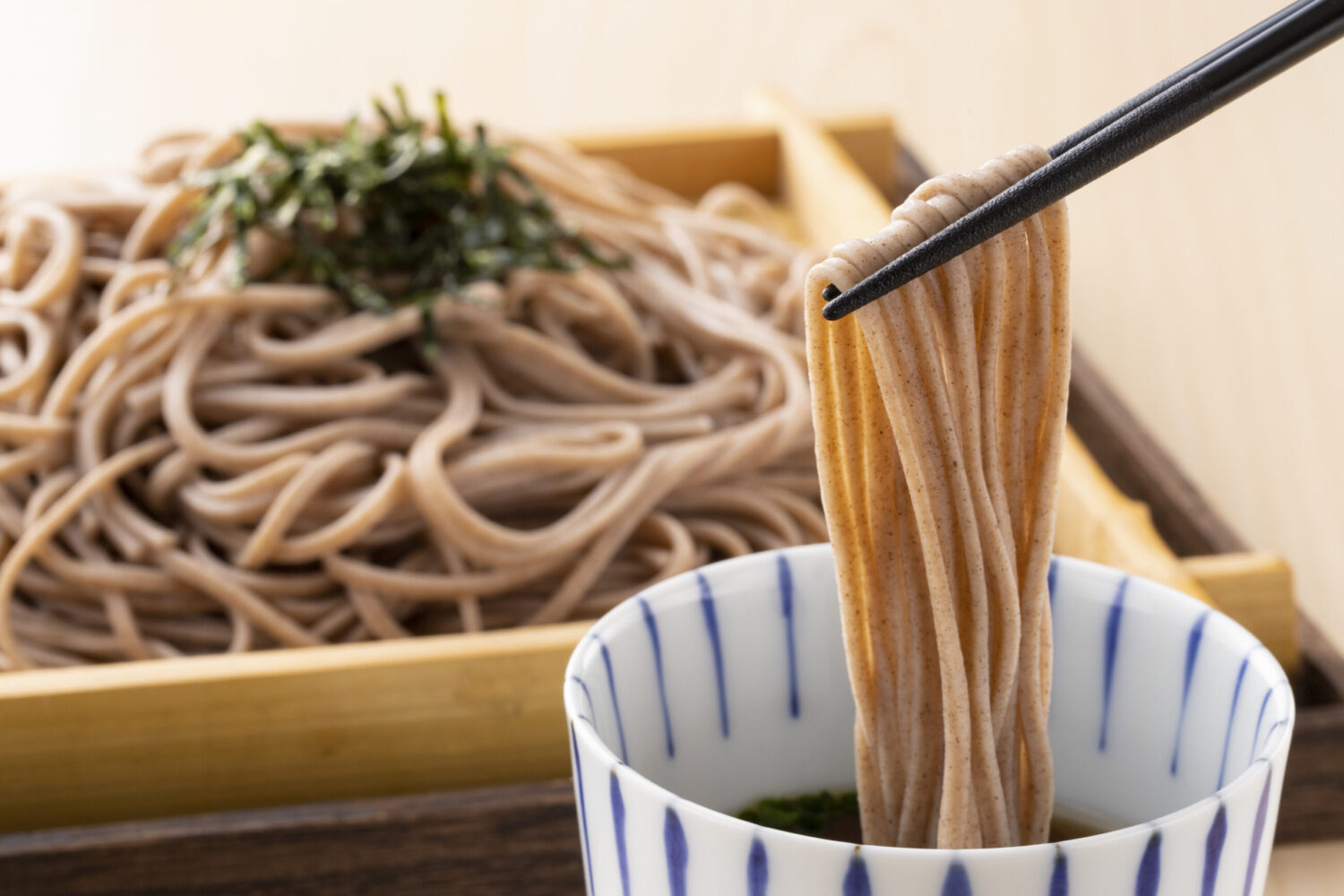
Several traditional Japanese dishes are especially suitable for individuals managing elevated blood sugar levels. One such dish is soba noodles, crafted from buckwheat flour. Soba noodles offer a fantastic alternative to regular wheat noodles, as they have a lower glycemic index (GI) and are rich in fiber and protein. They can be enjoyed cold with a dipping sauce or served hot in a broth, making them a flexible option for various meals.
Miso soup is another advantageous choice, primarily due to its main ingredient—miso, a fermented soybean paste. Miso is rich in probiotics that support gut health and may contribute to blood sugar management. Adding vegetables, tofu, and seaweed to miso soup boosts its nutritional profile, making it a wholesome option that fits well into a balanced diet.
Nasu Dengaku is a traditional dish featuring grilled eggplant topped with a miso glaze. Eggplant is low in carbs and high in fiber, making it an excellent option for blood sugar control. The combination of miso and eggplant delivers both a unique flavor and robust nutrition, making it an ideal addition to any meal plan focused on blood sugar health.
Japanese Superfoods That Promote Stable Blood Sugar Levels
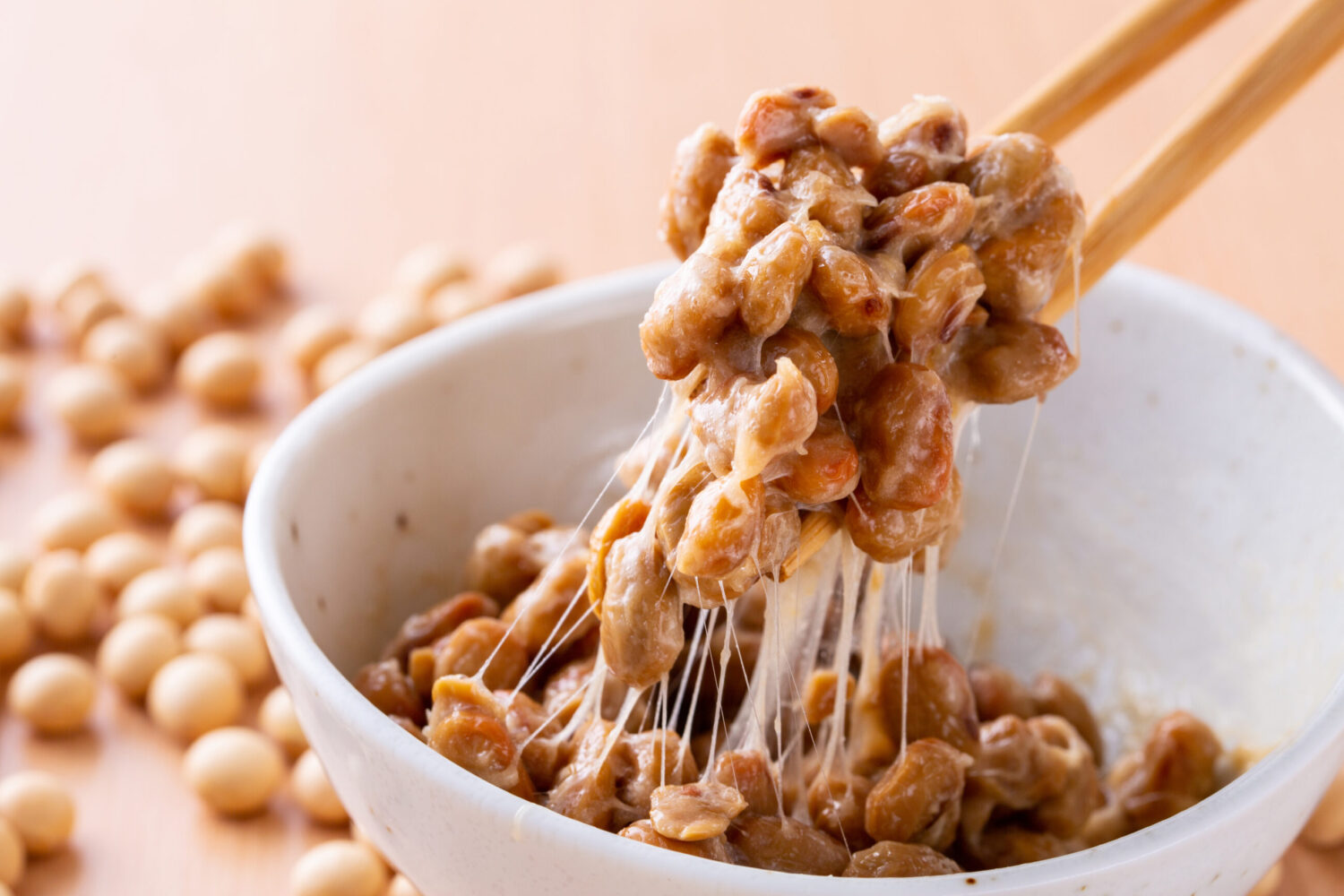
Japanese cuisine features several superfoods that can significantly contribute to maintaining stable blood sugar levels.
Matcha, a finely ground green tea powder, is one such superfood, packed with antioxidants, especially catechins, which have been shown to enhance insulin sensitivity and lower blood sugar. Adding matcha to your daily regimen, whether in drinks or smoothies, can offer a substantial health boost.
Natto, a traditional fermented soybean product, is another superfood to consider. Popular in Japan, natto is rich in vitamin K2 and probiotics, which support gut health and aid in blood sugar regulation. With its distinct taste and texture, natto is commonly served over rice or used as a topping for various dishes, making it a versatile option in meals.
Jerusalem artichokes, also valued in Japanese cuisine, are another superfood rich in fiber and low in calories, beneficial for blood sugar management. The inulin in Jerusalem artichokes is unique, forming a gel-like consistency in the intestines that helps regulate blood sugar after meals. Additionally, these artichokes are full of essential vitamins and minerals, making them a nutritious addition to a range of dishes.
Tips for Incorporating Japanese Foods into Your Daily Meals

Incorporating Japanese foods into your daily meals can be both enjoyable and advantageous for blood sugar management. One helpful approach is to embrace meal prep by preparing staples in batches, like brown rice, soba noodles, or miso soup. Having these essentials on hand makes it easier to create balanced meals throughout the week, ensuring that nutritious options are always within reach.
Another suggestion is to experiment with Japanese seasonings such as soy sauce, mirin, and rice vinegar. These can enhance the flavor of various dishes, motivating you to add more vegetables, tofu, and whole grains to your meals. Be mindful of the sodium levels, especially with soy sauce, and choose low-sodium options when possible.
Consider organizing a Japanese-themed dinner with friends or family to explore new dishes together. This can be a fun way to introduce more Japanese ingredients into your diet while building a supportive community around healthy eating. Encourage everyone to bring a dish featuring traditional Japanese ingredients or cooking techniques, allowing for a flavorful and varied dining experience.
Japanese Cooking Techniques That Enhance the Nutritional Value of Food and Support Blood Sugar Management
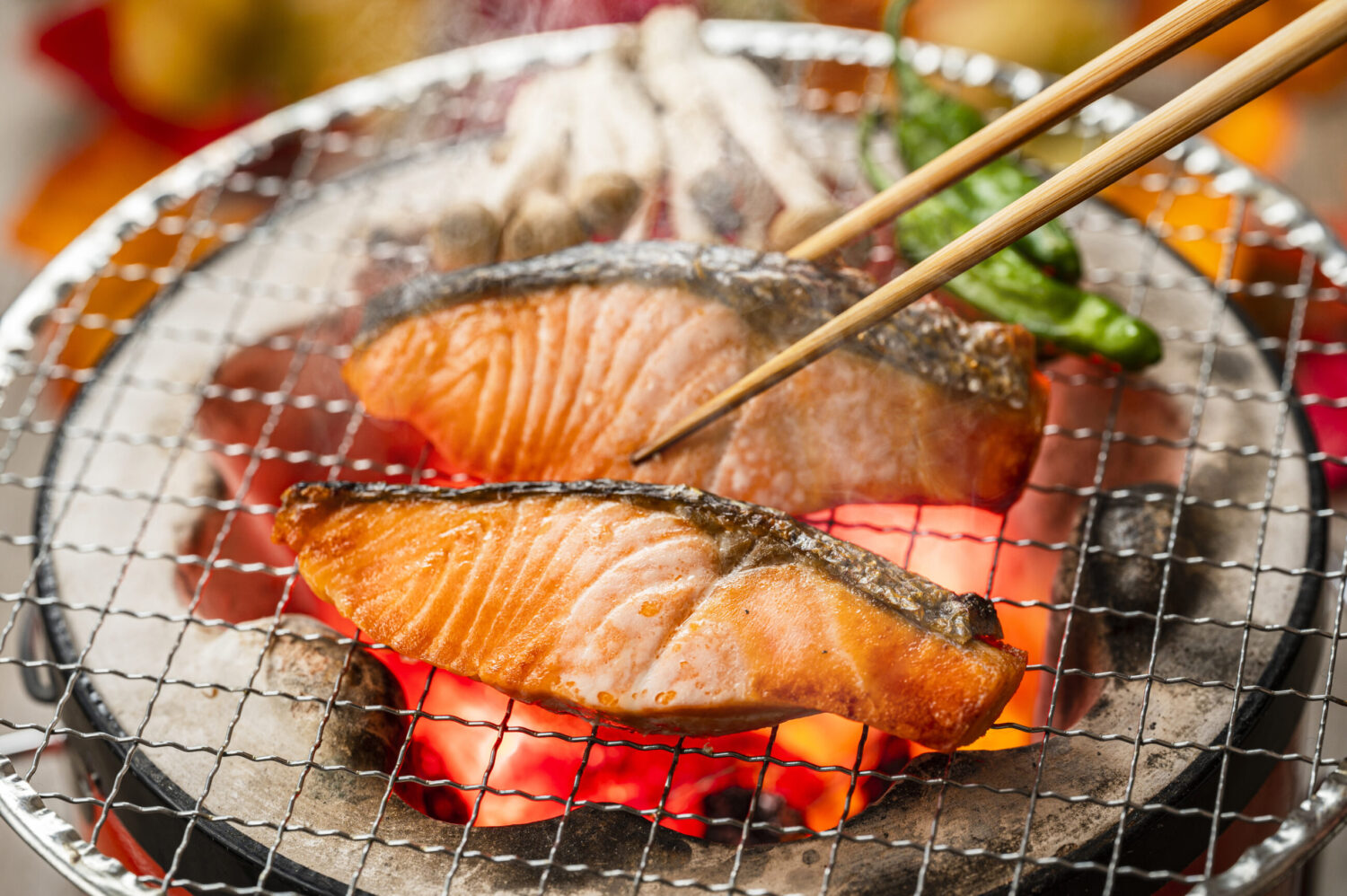
Japanese cooking techniques often emphasize health and nutrition while enhancing the natural flavors of ingredients. One primary technique is steaming, which preserves the nutrients in vegetables, resulting in a light and healthy dish. Steamed vegetables can be enjoyed on their own or added to salads and grain bowls, delivering essential vitamins and minerals without extra fats or sugars.
Fermentation is another essential technique in Japanese cuisine, seen in foods like miso and pickles. Fermented foods are packed with probiotics that support gut health and may help regulate blood sugar levels. Incorporating fermented ingredients, such as a spoonful of miso in soups or serving pickled vegetables as a side, adds both flavor and nutritional benefits to meals.
Grilling is also a favored method in Japanese cooking that highlights the natural taste of the ingredients. Grilled fish, for example, is a staple that provides beneficial omega-3 fatty acids without requiring heavy sauces. This technique keeps meals light, flavorful, and beneficial for those focused on blood sugar management.
Embracing the Japanese Approach to Food for Better Blood Sugar Management
In conclusion, the principles of Japanese cuisine offer valuable insights and resources for those aiming to effectively manage blood sugar levels. With a focus on whole, minimally processed foods rich in nutrients, Japanese dishes provide a balanced approach to eating that aligns naturally with blood sugar management goals. Emphasizing fresh ingredients, low-glycemic foods, and traditional cooking techniques enhances the nutritional quality of meals while delivering satisfying flavors.
Incorporating key ingredients such as tofu, seaweed, and whole grains into your daily diet can support better blood sugar control and overall health. Additionally, adopting Japanese cooking methods like steaming and fermentation can introduce new flavors while promoting digestive health. By experimenting with traditional dishes and creative recipes, you can enjoy the benefits of a Japanese-inspired diet tailored to support your wellness goals.
Ultimately, the Japanese approach to food goes beyond what you eat; it’s about appreciating the process of cooking, sharing, and nourishing the body. By embracing these culinary traditions, you can foster a healthier relationship with food, leading to improved blood sugar management and enhanced well-being.
You may also be interested in
Articles with the same tags
- no tag...


